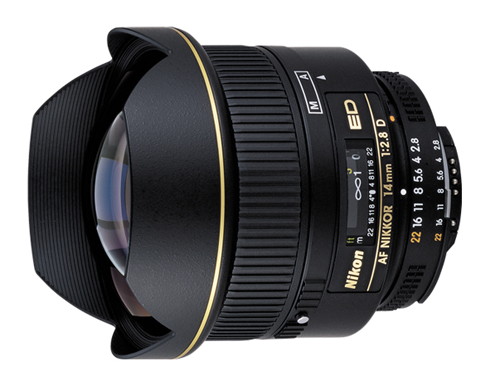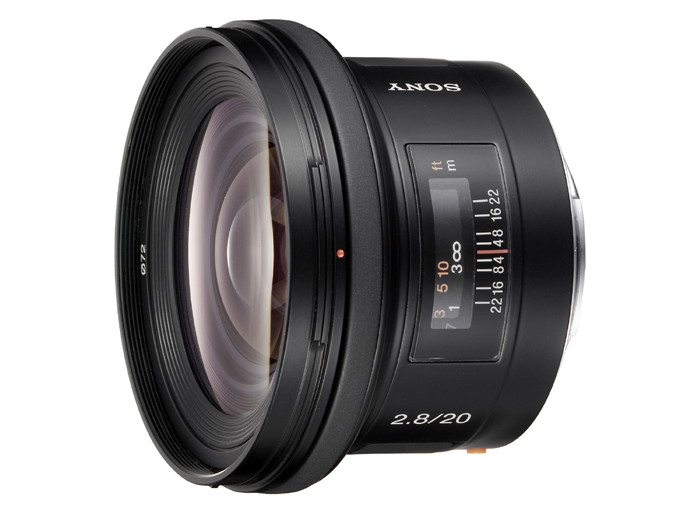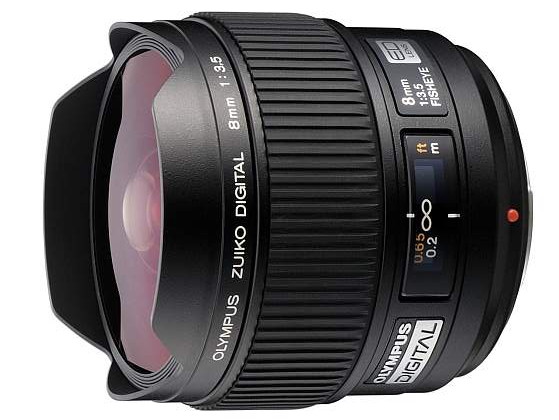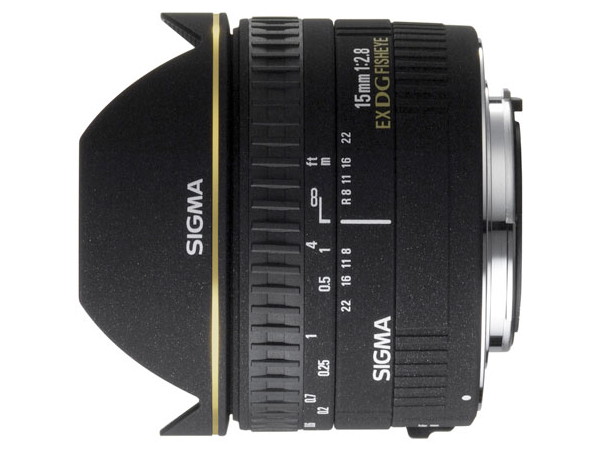Which lens? Choose the best lens for your DSLR

Wide-angle and fish-eye lenses
As their name suggests, wide-angle lenses produce an image that's broader than your eye can see. Ranging from effective focal lengths of around 14mm to approximately 50mm (this will differ depending on sensor size) a wide-angle lens is useful for squeezing more into a single frame.
However, perspective distortion - based on the subject distance and wider angle of view of the lens - can contort normal-looking subjects into more abstract forms.
For example, shoot a cube close-up and the nearside edges may appear longer than its others, even though this isn't the case. Hence wide-angle lenses are often best avoided for portraits - it'll distort the subject's face, magnifying the nose and central area of the frame out of proportion.
Wide lenses also tend to magnify the perceived distance from a subject and its background. Shoot a subject close up with a 14mm lens and a second subject behind will appear distant; frame up the same subject with a 50mm prime lens and the two subjects will appear to be closer together.
Different wide lenses also suffer from varying degrees of barrel distortion (that 'flex' in horizontal/vertical lines) that is often more severe the wider the angle of the lens is.
Go extra-wide and you're into different territory: Fisheye lenses are typically very wide-angle and come in two varieties - diagonal and circular.
Diagonal (sometimes called full-frame) fisheye lenses shoot images with heavily distorted characteristics but that still fit the image frame.
Sign up for breaking news, reviews, opinion, top tech deals, and more.
By contrast a circular fisheye, also known as a whole-sky lens, shoots a hemispherical image (like half a globe) where the circular outline of the shot can be seen within the frame.
At present Sigma's 4.5mm f/2.8 circular fisheye is the widest, offering a 180-degree angle of view in all directions.
Typical wide-angle lens examples
DSLR

Nikon 14mm f/2.8 D AF ED - £1,214

Sony A-mount 20mm f/2.8 - £500

Olympus Zuiko Digital 8mm f/3.5 Fisheye Four Thirds - £715

Sigma 15mm f/2.8 EX DG Fisheye - £489
Pentax 14mm f/2.8 SMC DA ED IF - £537
Canon EF 20mm f/2.8 USM - £404
CSC
Olympus 12mm f/2.0 ED Zuiko Digital Micro Four Thirds - £650